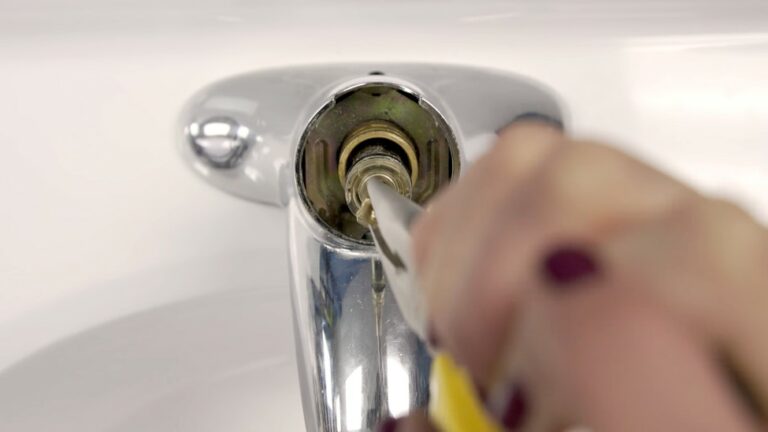How To Exhaust A Bathroom Fan
If you’re dealing with moisture build-up or persistent odors in your bathroom, properly exhausting your bathroom fan is key to maintaining a fresh, dry space. But how exactly do you exhaust a bathroom fan effectively? In this guide, you’ll learn everything from why ventilation matters, to the step-by-step installation process, and how to keep your system running smoothly long-term. Whether you’re tackling a DIY project or just want to understand how your bathroom fan works, this comprehensive walkthrough has you covered.
Understanding The Purpose Of Bathroom Fans
Why Proper Ventilation Matters
Bathroom fans aren’t just luxury features: they serve a critical function in removing excess moisture and preventing issues like mold growth, paint damage, and lingering odors. Without good ventilation, the humidity from showers and baths can quickly lead to long-term structural problems and unhealthy indoor air quality.
Common Types Of Bathroom Fans
Bathroom fans come in various designs, including ceiling-mounted models, inline fans, and combination units with lights or heaters. Each has specific exhaust requirements and installation methods, but their primary role remains ventilation efficiency. Knowing the type you have will help determine the best exhausting approach for optimal performance.
Preparing To Exhaust Your Bathroom Fan
Tools And Materials Needed
Before starting, gather essential tools like a screwdriver, drill, duct tape, metal ducting, vent covers, and safety glasses. Having everything at hand prevents last-minute trips and makes the process smoother.
Safety Precautions To Consider
Always turn off power to the fan at the circuit breaker to prevent accidents. Wear protective gear due to dust and sharp duct edges. If you’re uncertain about electrical work or roofing tasks, consider hiring a professional to avoid risks.
Step-By-Step Guide To Exhausting A Bathroom Fan
Locating The Fan And Planning The Exhaust Route
Start by identifying your bathroom fan’s exact location and tracing where the exhaust will exit your home. The shortest, straightest path is ideal to reduce airflow resistance, which improves fan efficiency.
Installing Ductwork Correctly
Use rigid or semi-rigid metal ducts to connect the fan to the exterior vent. Avoid flexible plastic ducts as they can sag and trap moisture. Secure connections with metal tape, not regular duct tape, to ensure airtight seals.
Sealing Connections And Vent Termination
Ensure all joints are sealed properly, and the exterior vent has a damper to prevent outside air, pests, or rain from entering. The vent cap should be installed flush against the outside wall or roof and securely fastened to withstand weather.
Choosing The Right Exhaust Vent Location
Roof Vs. Wall Venting Options
Deciding between venting through the roof or an exterior wall depends on your home’s design. Roof vents are common and efficient, but wall vents can be easier to install in some layouts.
Avoiding Common Venting Mistakes
Never vent the bathroom fan into the attic or crawl space, as this traps moisture where it can cause damage. Also, keep ducts as short and straight as possible to maintain proper airflow and prevent moisture buildup inside the ductwork.
Maintaining Your Bathroom Fan And Exhaust System
Routine Cleaning And Inspection Tips
Clean your fan cover and blades regularly to prevent dust buildup, which reduces airflow and strains the motor. Inspect ductwork annually for leaks or blockages.
Troubleshooting Common Problems
If your fan is noisy, check for loose screws or a worn motor. Reduced airflow often points to blocked ducts or a clogged vent cover. Addressing these early can prolong the system’s life and maintain air quality.
Energy Efficiency And Code Compliance Considerations
Selecting Energy-Efficient Fan Models
Look for fans with Energy Star certification for lower power consumption and quieter operation. Some models also offer humidity sensors to run only when needed, reducing energy waste.
Understanding Local Building Codes
Make sure your installation meets local building codes, which often specify duct materials, vent locations, and airflow minimums. Compliance not only ensures safety but may be necessary for home resale or insurance.
Conclusion
Exhausting your bathroom fan properly is crucial for a healthy, moisture-free environment. With the right preparation, careful installation, and regular upkeep, your bathroom ventilation will work efficiently for years. Armed with this knowledge, you can confidently tackle the project or evaluate professional installations to ensure your home stays comfortable and mold-free.

